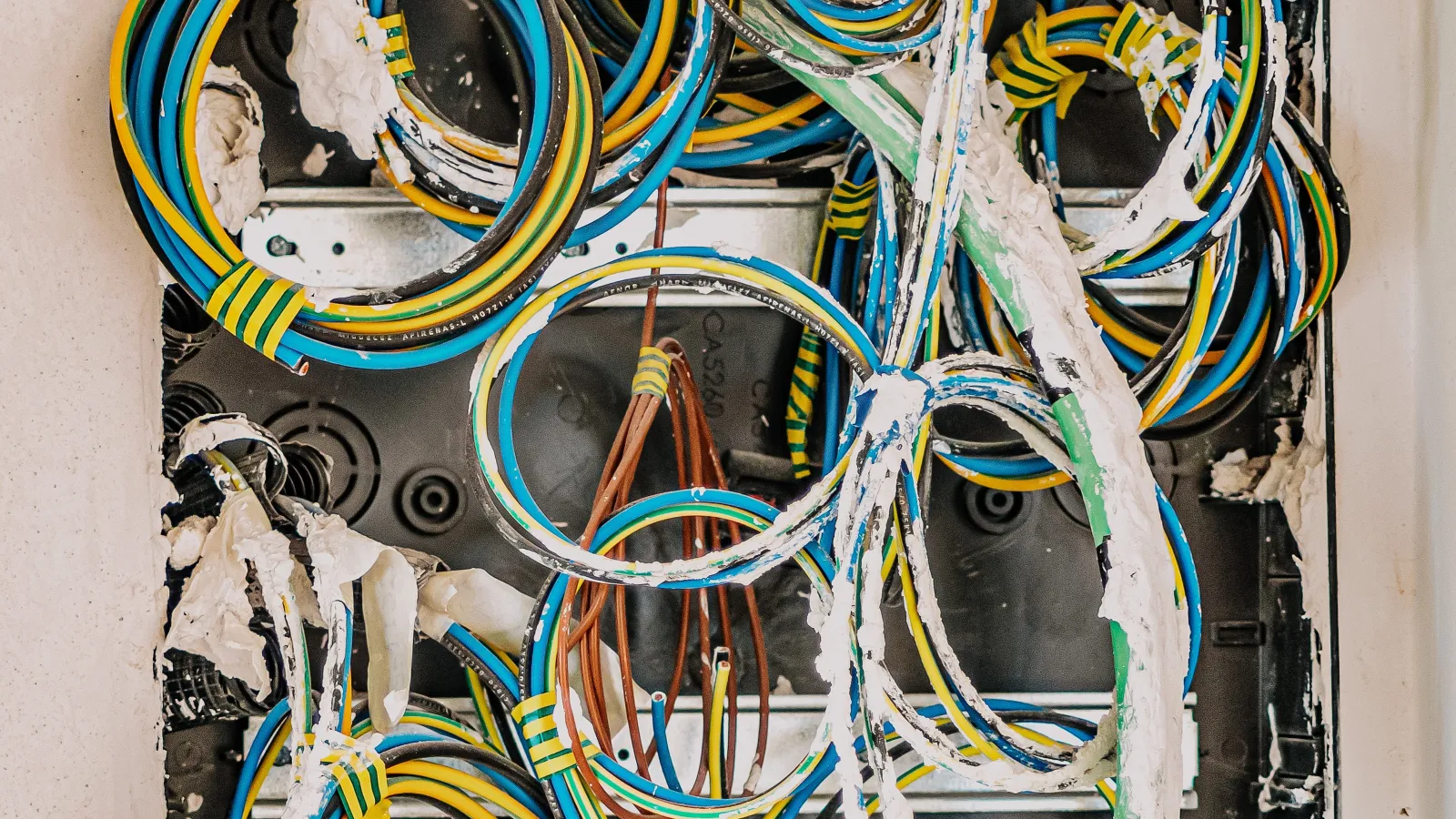Types of Surge Protectors

Surge protectors are appliances or devices designed to protect electronics from voltage spikes. According to electrical experts,
"A surge protector attempts to limit the voltage supplied to an electric device by either blocking or shorting to ground any unwanted voltages above a safe threshold."
Many people think about power strips when learning about surge protectors. However, not all power strips include surge protectors. Plus, there are many more types of surge protectors than the simple power strip.
For example, whole house surge protectors help prevent electrical shocks from flowing through to electrical devices within your home. Interestingly, whole house protection helps with more than preventing damaging electrical shocks!
"Whole house surge protectors protect your home and bank account because they are an inexpensive way to increase the life of your major appliances by about 30%. In addition, many insurance companies offer discounts for homes with surge protectors."
Typically, surge protection devices (SPDs) are installed within power distribution panels and other industrial systems. This helps prohibit electrical surges and spikes (including from lightning). Additionally, smaller, scaled-down versions can be installed in home electrical panels, which help prevent against surges and spikes within one's home.
Types of Surge Protectors
There are a handful of types of surge protectors. Although the various types provide subtle differences, any experienced electrician knows the right solution for any home or building.
- Type 1 Devices permanently connect and are installed between the service transformer and the line side of the main service equipment overcurrent device. These SPDs must be listed with the use of an external overcurrent protective device.
- Type 2 Devices permanently connect and are installed on the load side of the main service equipment overcurrent device. Although these SPDs may be installed at the main service equipment, Type 2 Devices must be installed on the load side of the overcurrent protective device.
- Type 3 Devices are installed at a minimum conductor length of 30 feet from the electrical service panel. These devices (also called Point of Utilization SPDs) generally are cord-connected power strips, direct plug-in SPDs or receptacle SPDs installed at the equipment level (like some computers or copy machines).
- Type 4 Devices typically consist of one or more Type 5 Device components. These SPDs are incomplete and typically installed as part of listed end-use products as long as acceptable conditions are met.
- Type 5 Devices are components of surge protection devices and used in design or construction of complete SPDs.
In component SPDs, then these devices are intended for factory installation in electrical distribution equipment or consumer electrical devices. They must pass the same electrical safety failure tests as complete SPDs.
How can Snappy help?
Snappy offers licensed electricians that assess your home electrical system and determine the best surge protection options available to protect your home. Plus, all of our equipment comes with a money back guarantee if it fails to protect your home.
Although electronics remain the most vulnerable, they are not the most expensive. Think about the washer, dryer, refrigerator, furnace and A/C unit! All of items have circuit boards operating the new options included with these appliances.
Ensuring your home and/or business relies on the proper types of surge protection remains a fraction of the repair or replacement costs.

